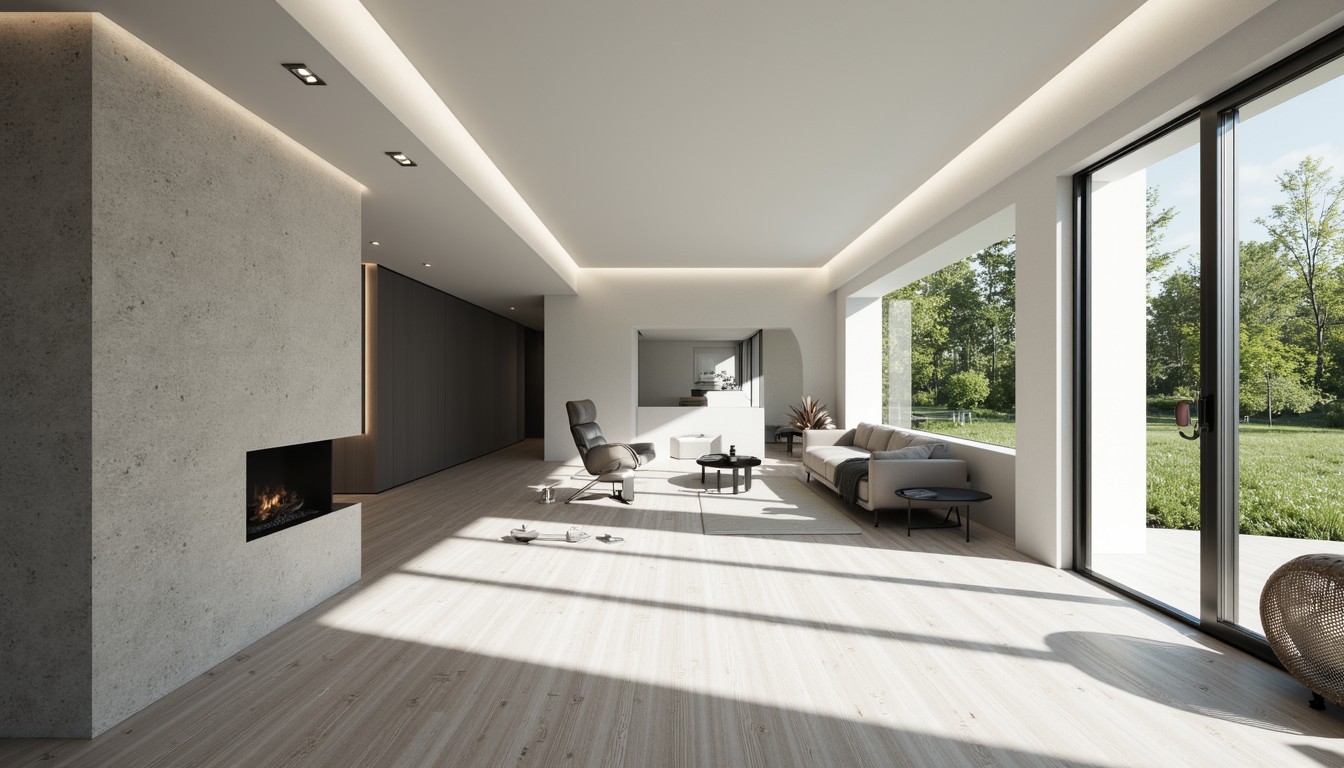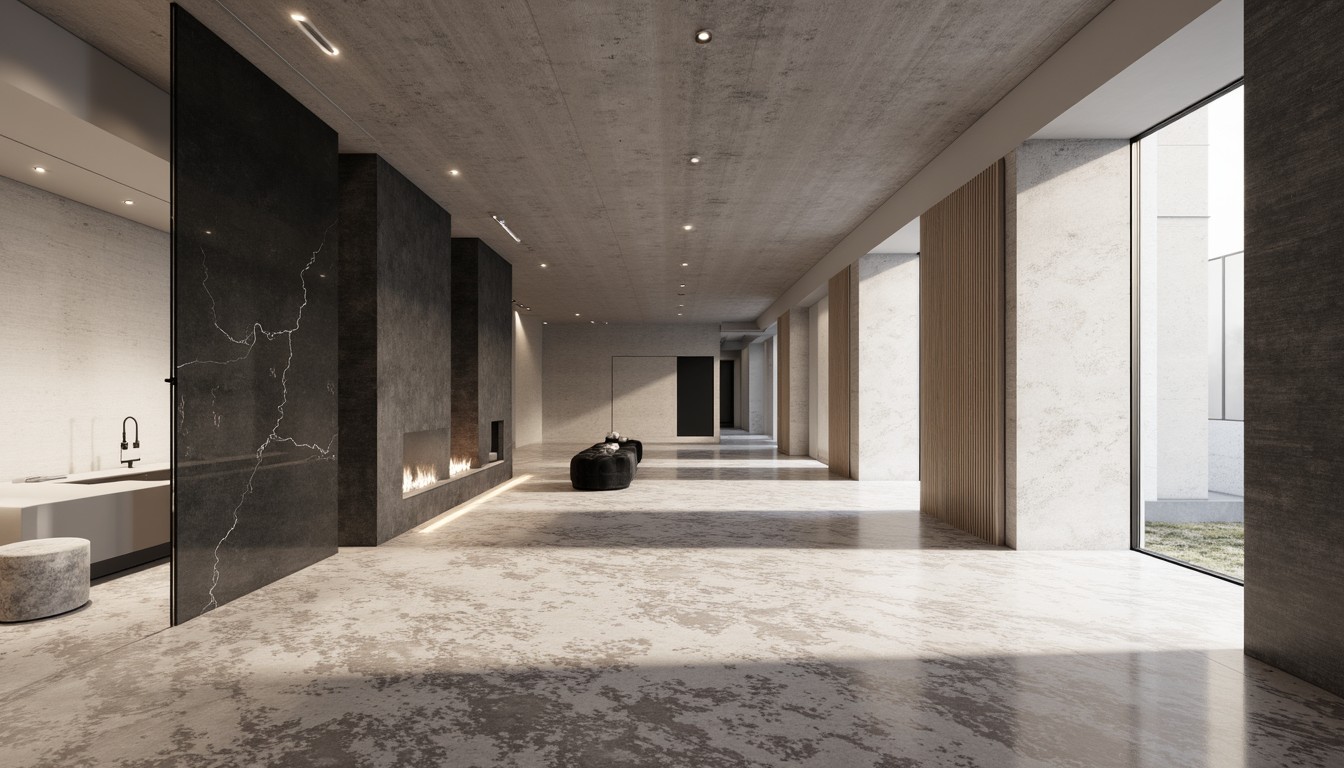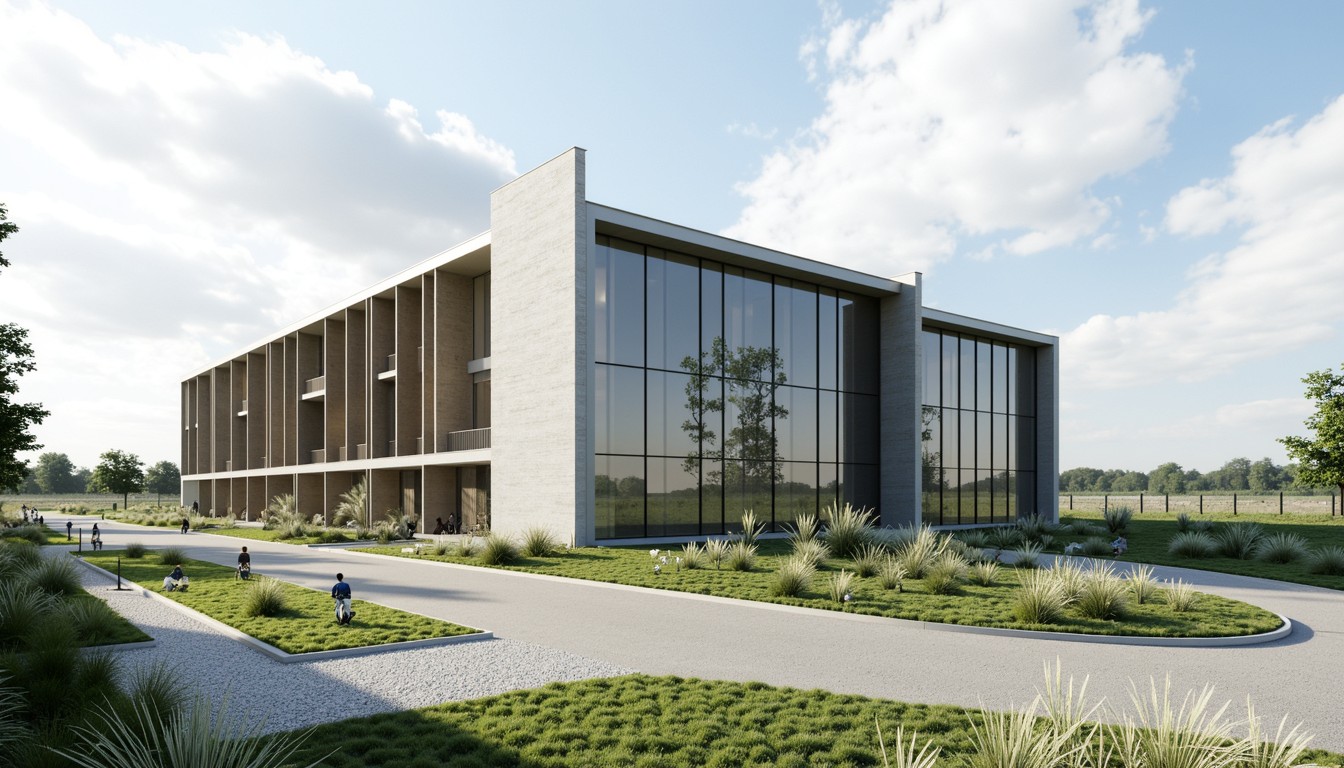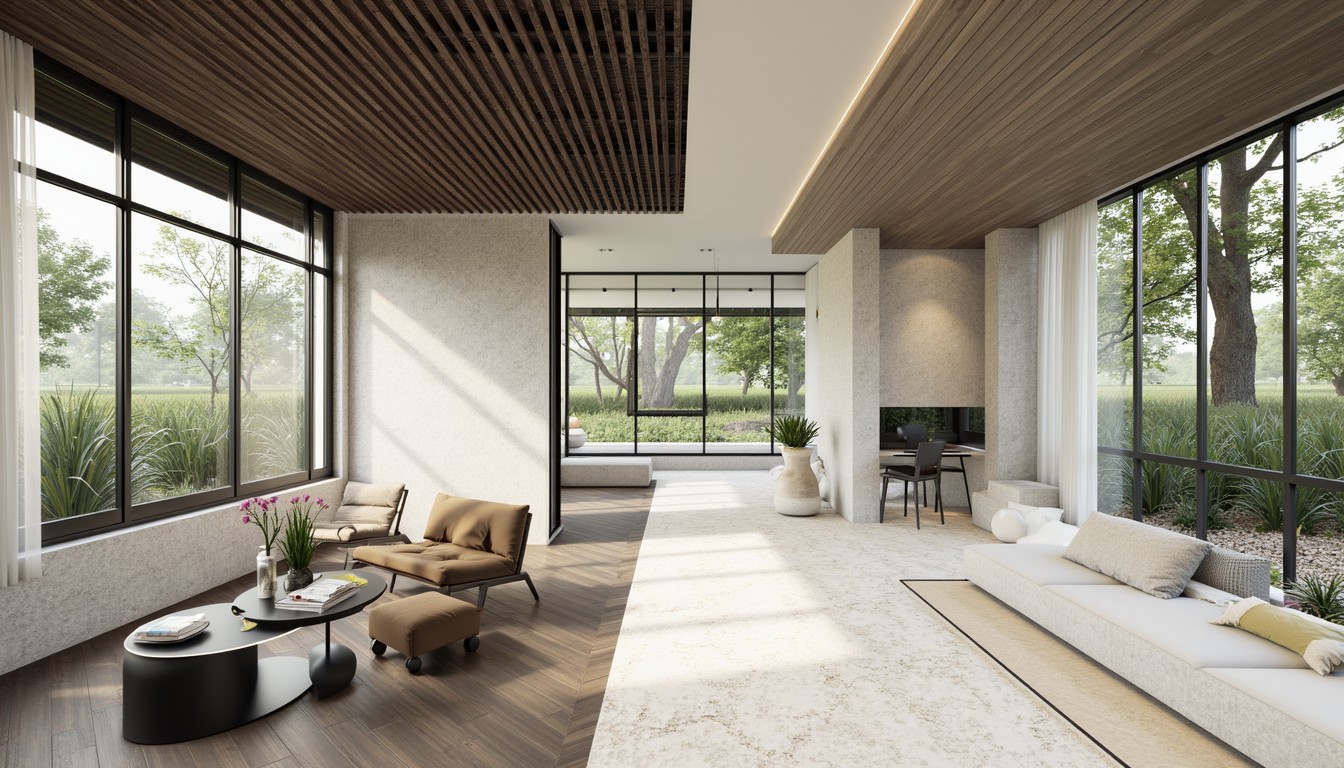Sustainable Architecture: Green Building Technologies
The built environment significantly contributes to global carbon emissions. The pursuit of sustainable architecture, therefore, is not just a trend; it's a critical necessity. ArchNav, a leader in architectural visualization, understands this urgency and is committed to showcasing the innovative green building technologies shaping a more sustainable future. This article delves into the key technologies driving this revolution, exploring their applications and showcasing their impact on the built environment.
Passive Design Strategies: The Foundation of Green Building

Before diving into active technologies, it's crucial to understand the importance of passive design strategies. These focus on optimizing the building's relationship with its natural environment to minimize energy consumption. Key elements include:
- Orientation and Shading: Strategically positioning buildings to maximize solar gain in winter and minimize it in summer, often using overhangs, awnings, or strategically planted vegetation.
- Natural Ventilation: Utilizing natural airflow through strategically placed windows and vents to reduce reliance on mechanical cooling systems. This often involves cross-ventilation techniques and stack effect principles.
- Thermal Mass: Employing materials with high thermal mass (e.g., concrete, brick) to absorb and store heat during the day and release it slowly at night, regulating indoor temperatures.
- Insulation and Air Sealing: Minimizing heat transfer through walls, roofs, and windows using high-performance insulation and airtight construction techniques to reduce energy loss.
Active Green Building Technologies: Enhancing Sustainability

Passive design forms the bedrock of sustainable architecture, but active technologies further enhance its performance. These systems actively manage energy consumption and resource utilization:
1. Renewable Energy Sources:
Integrating renewable energy sources such as solar photovoltaic (PV) panels, solar thermal collectors, and wind turbines significantly reduces reliance on fossil fuels. ArchNav's visualizations can effectively demonstrate the integration of these technologies into building designs, showing their aesthetic impact and energy generation potential.
2. High-Performance Building Envelopes:
Beyond insulation, advanced building envelopes incorporate features like triple-glazed windows, high-performance facades, and green roofs. These contribute to improved thermal performance, reduced energy consumption, and enhanced stormwater management.
3. Smart Building Technologies:
Building management systems (BMS) and smart sensors monitor and control various building functions, optimizing energy use, improving indoor air quality, and enhancing occupant comfort. ArchNav can visualize the seamless integration of these technologies within a building's design.
4. Water-Efficient Fixtures and Systems:
Reducing water consumption is crucial for sustainability. This involves using low-flow fixtures, rainwater harvesting systems, and greywater recycling systems. ArchNav can showcase how these systems can be aesthetically integrated into a building's design without compromising visual appeal.
5. Sustainable Materials:
Choosing sustainable materials with low embodied carbon and minimal environmental impact is essential. This includes using recycled materials, locally sourced timber, bamboo, and other rapidly renewable resources. ArchNav's visualization capabilities can highlight the unique textures and aesthetics of these sustainable materials, showcasing their potential in architectural design.
Real-World Applications and Case Studies
Numerous projects globally demonstrate the successful implementation of green building technologies. Examples include the Edge in Amsterdam, a highly sustainable office building showcasing innovative energy-efficient systems, and the Bullitt Center in Seattle, a net-zero energy building that surpasses conventional sustainability standards. ArchNav has collaborated on projects showcasing similar innovative designs, leveraging our expertise to visualize the effectiveness of these technologies.
The Role of Architectural Visualization in Sustainable Design

ArchNav plays a vital role in promoting sustainable architecture by creating compelling visualizations that effectively communicate the benefits of green building technologies. Our high-quality renderings and virtual reality experiences allow architects, developers, and clients to understand the design's impact on energy efficiency, environmental performance, and occupant well-being before construction begins. This allows for informed decision-making and the implementation of optimal sustainable design solutions.
Conclusion: Shaping a Greener Future Together
Sustainable architecture is not merely an option; it's a responsibility. By embracing green building technologies and leveraging innovative visualization tools, we can create a built environment that is both beautiful and environmentally responsible. ArchNav is committed to partnering with architects and developers to visualize and realize these sustainable visions, contributing to a greener future for generations to come. Contact us today to discuss how our expertise can help bring your sustainable architectural vision to life.
